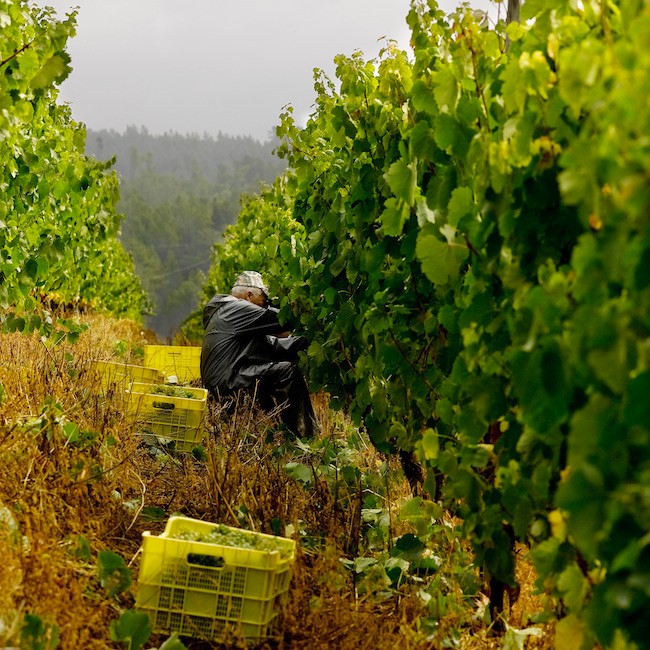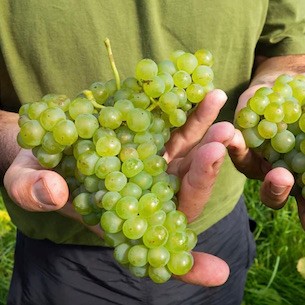The year was certainly complicated throughout vineyards across Spain with unpredictable weather keeping winemaking teams on their toes. Where winter rains had been scarce vineyards came under significant stress and when rain finally did come it was sometimes torrential and coincided with high temperatures - the perfect recipe for fungal disease.
The spring was dry and cold with frost in some areas which can be beneficial for moderating yields. Northern areas experienced heavy downpours in May and June, allowing vine growth to advance well, yet rainfall continued to be remarkably scarce over in the east where hopes started to fade for decent yields.
The growing season entered a calmer phase in July without excessively high temperatures (unlike 2022) and continued into the first half of August. This was followed by far more challenging weather as temperatures soared to 40ºC accompanied by warm nights just when water reserves in the ground had run low.
When rain finally arrived in September, an early harvest was underway across Spain so typically there was a break until more favourable weather returned. Furthermore, while vineyards often needed the rain the timing was later than ideal in terms of fruit development and botrytis became an issue in some areas. For many there was a harvest of two distinct halves: before the rain and after, giving wines of different personalities in the bodega.
Once again higher altitude, later and cooler regions generally fared better this year as they were less affected by the heat and fruit was at an earlier stage of ripeness when the rain came and were therefore less likely to be affected by disease.
For winemaking teams there was a lot to manage from the reception of grapes, grading batches according to potential and quality levels. As María Barúa, enologist at Bodegas Lan in Rioja summarised: “It was a long, very complicated and very technical vintage in both the vineyard and the winery… an emotional rollercoaster.”

.png.transform/rendition-xs/image_image%20(1).png)







